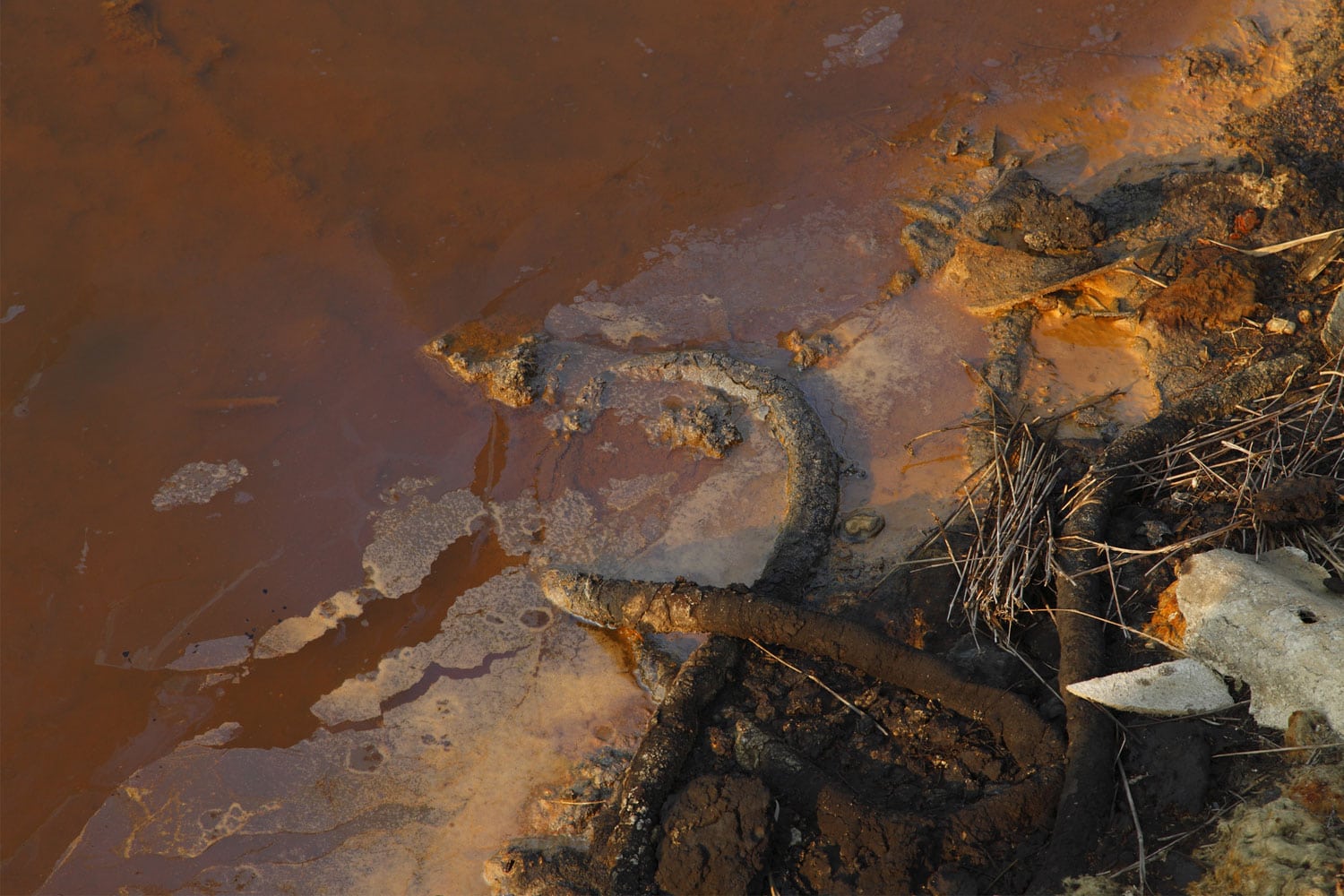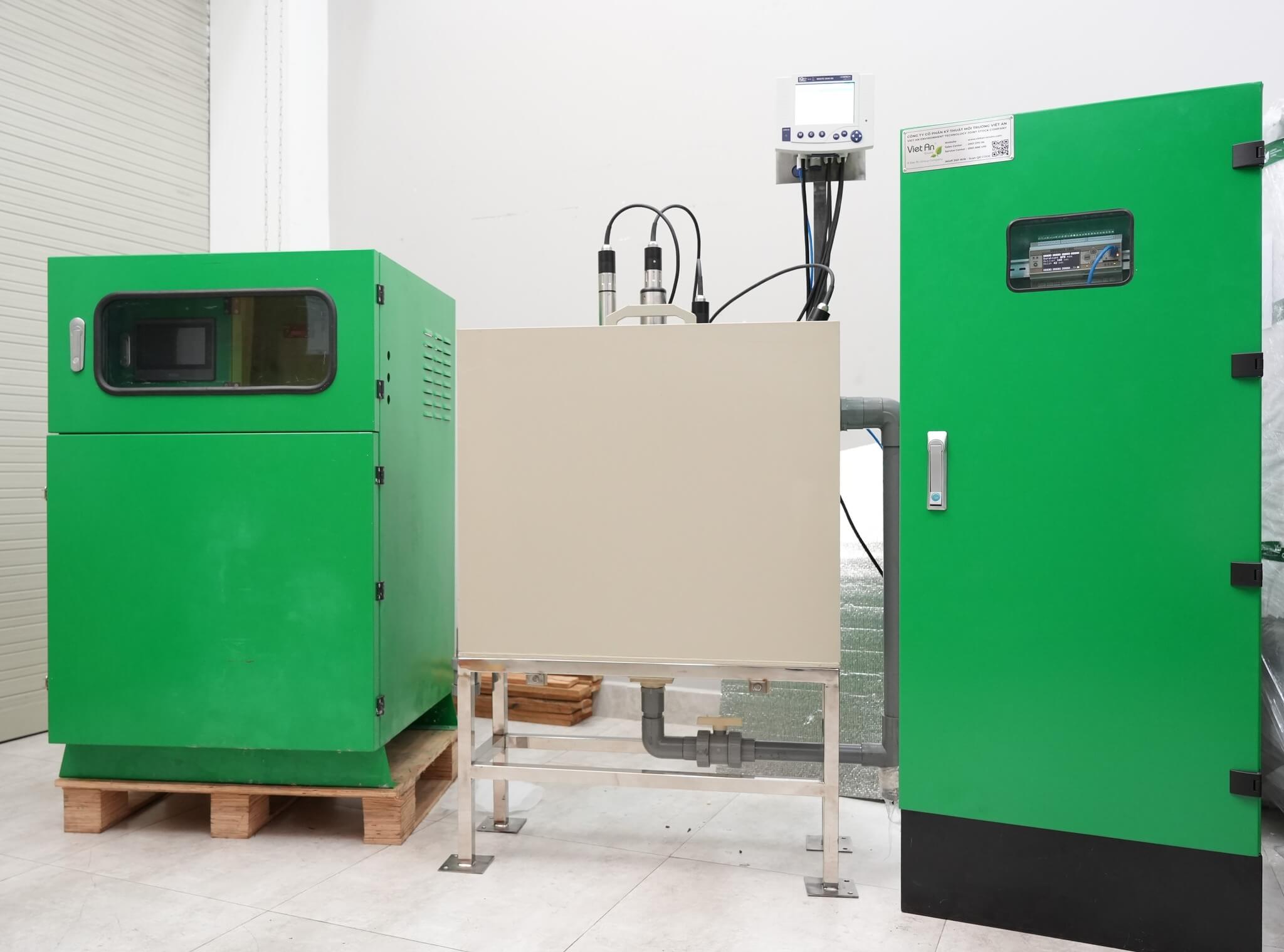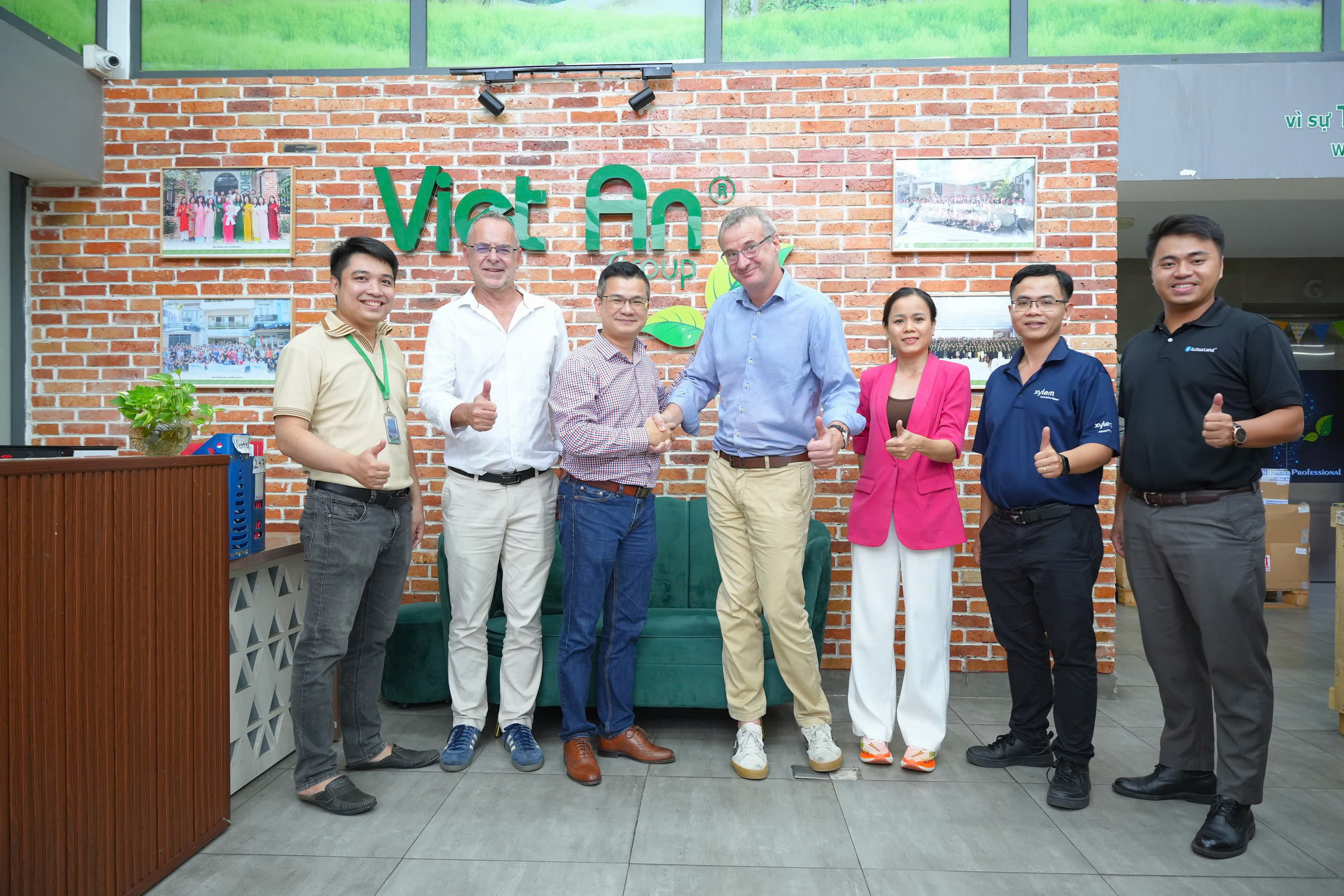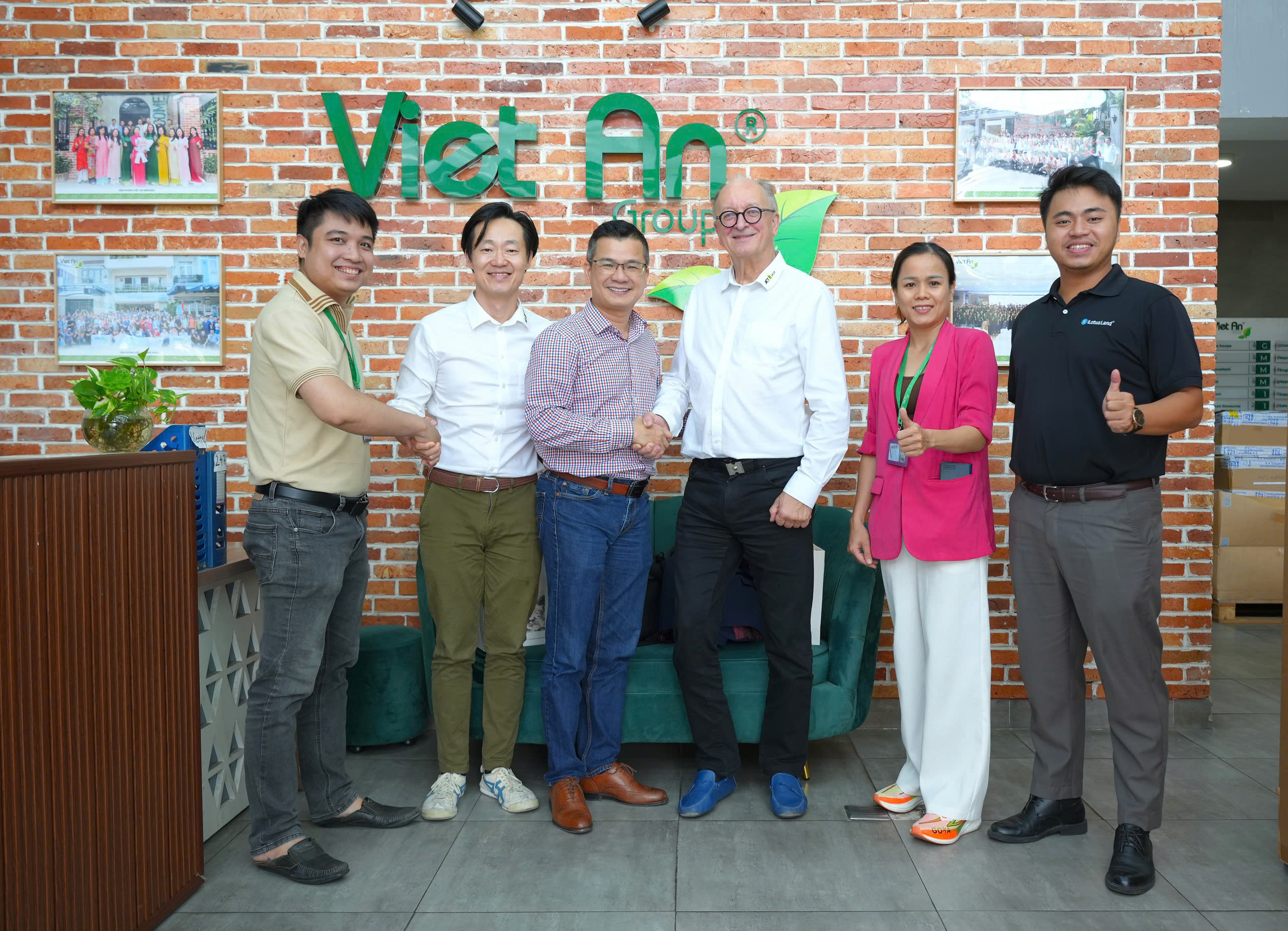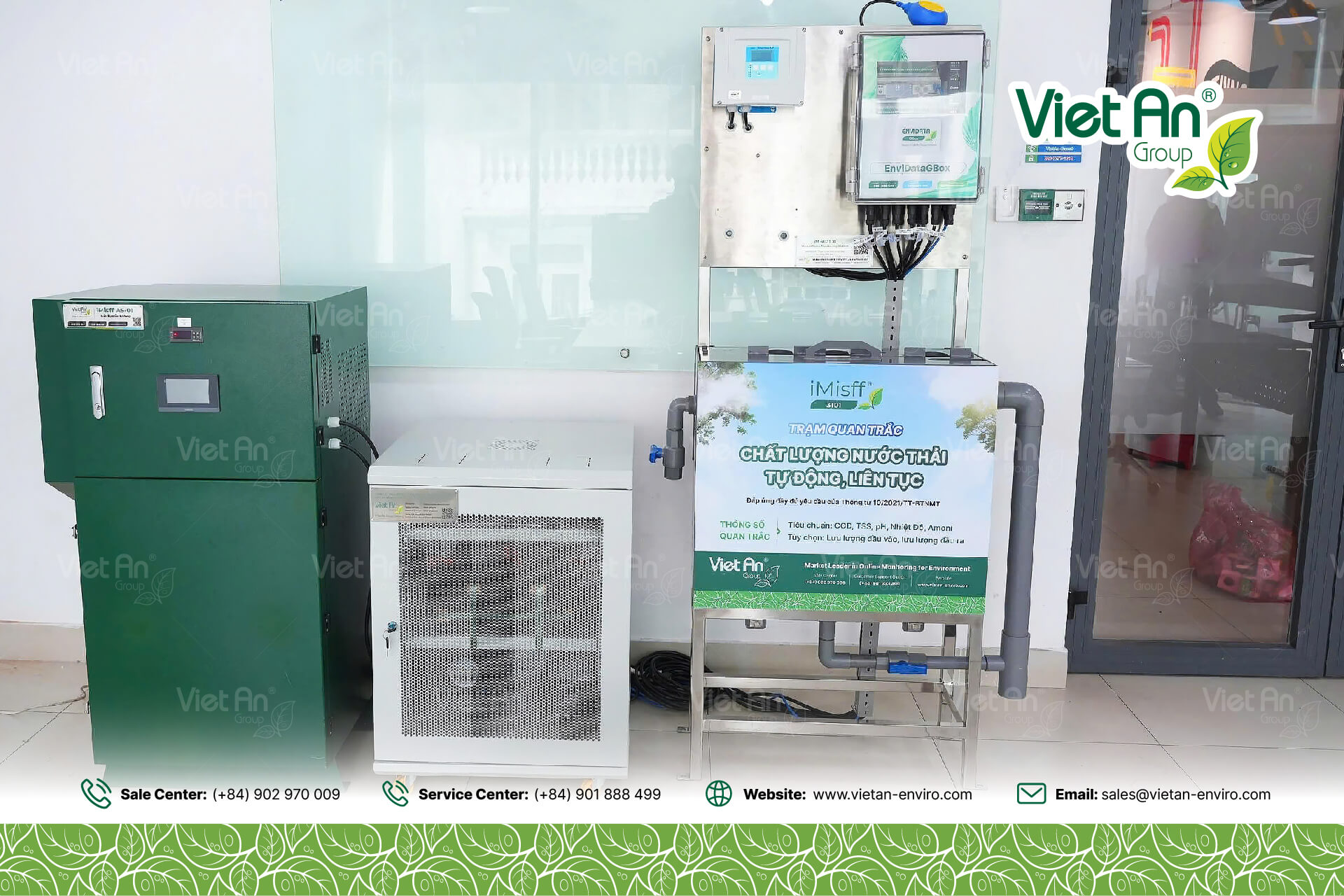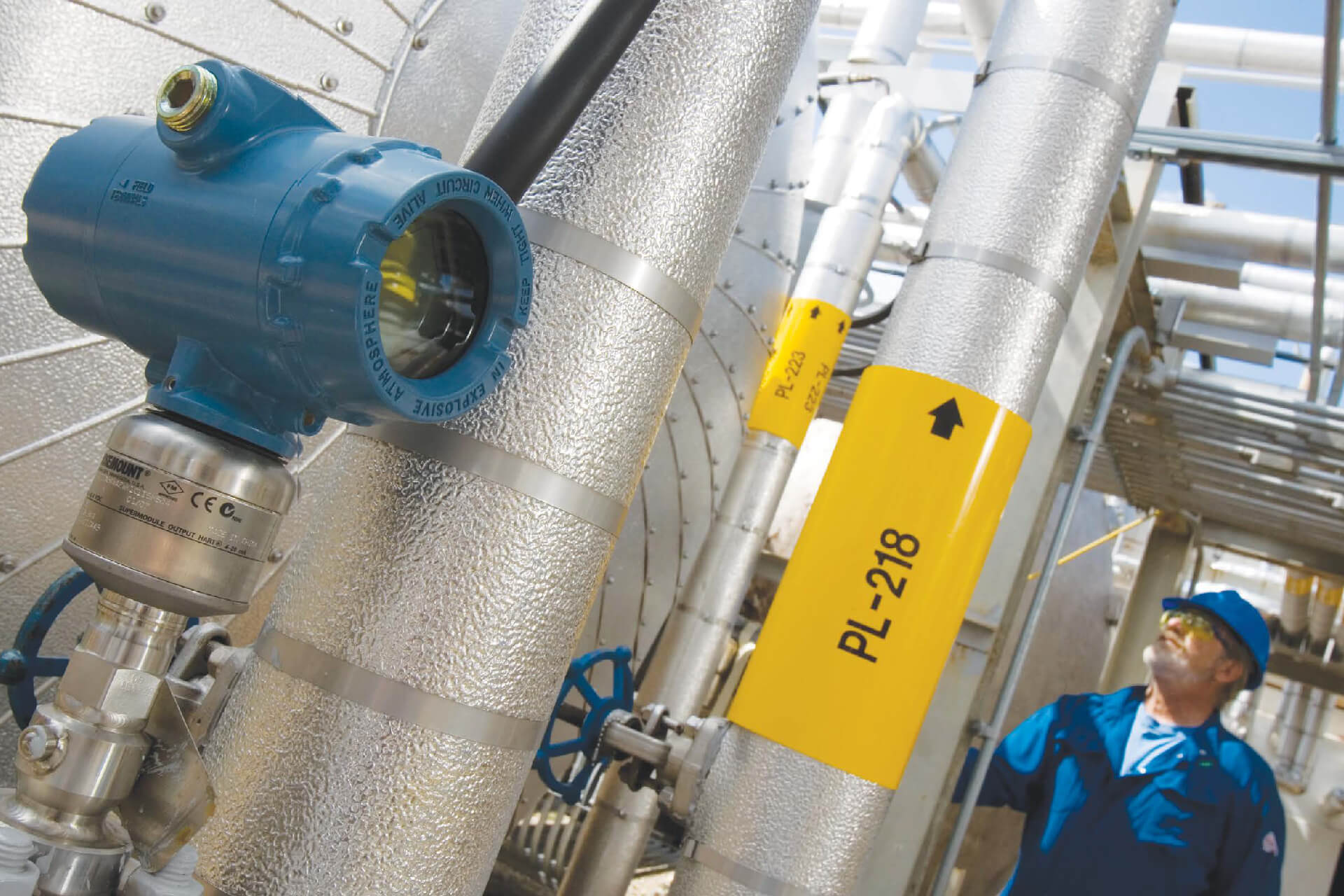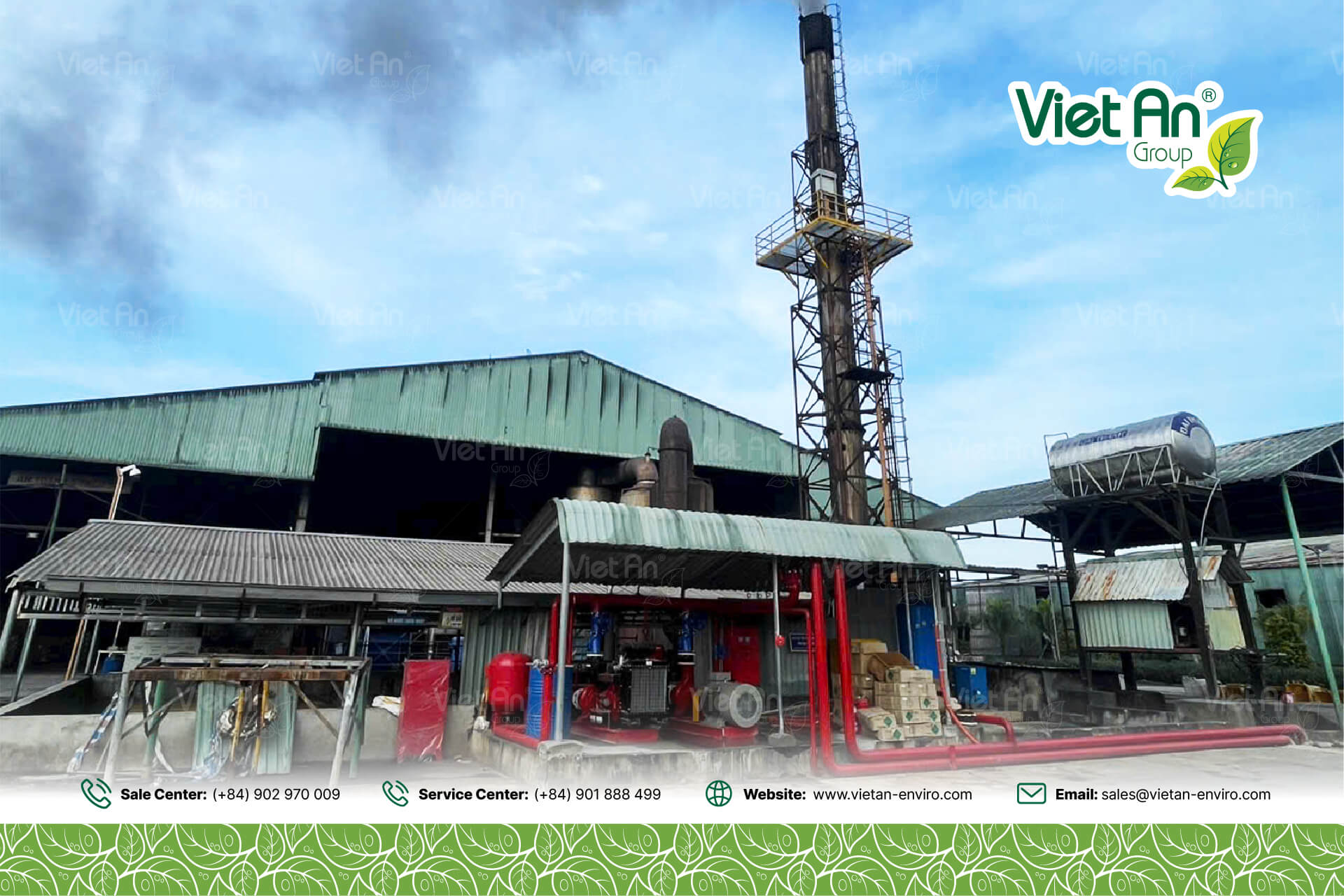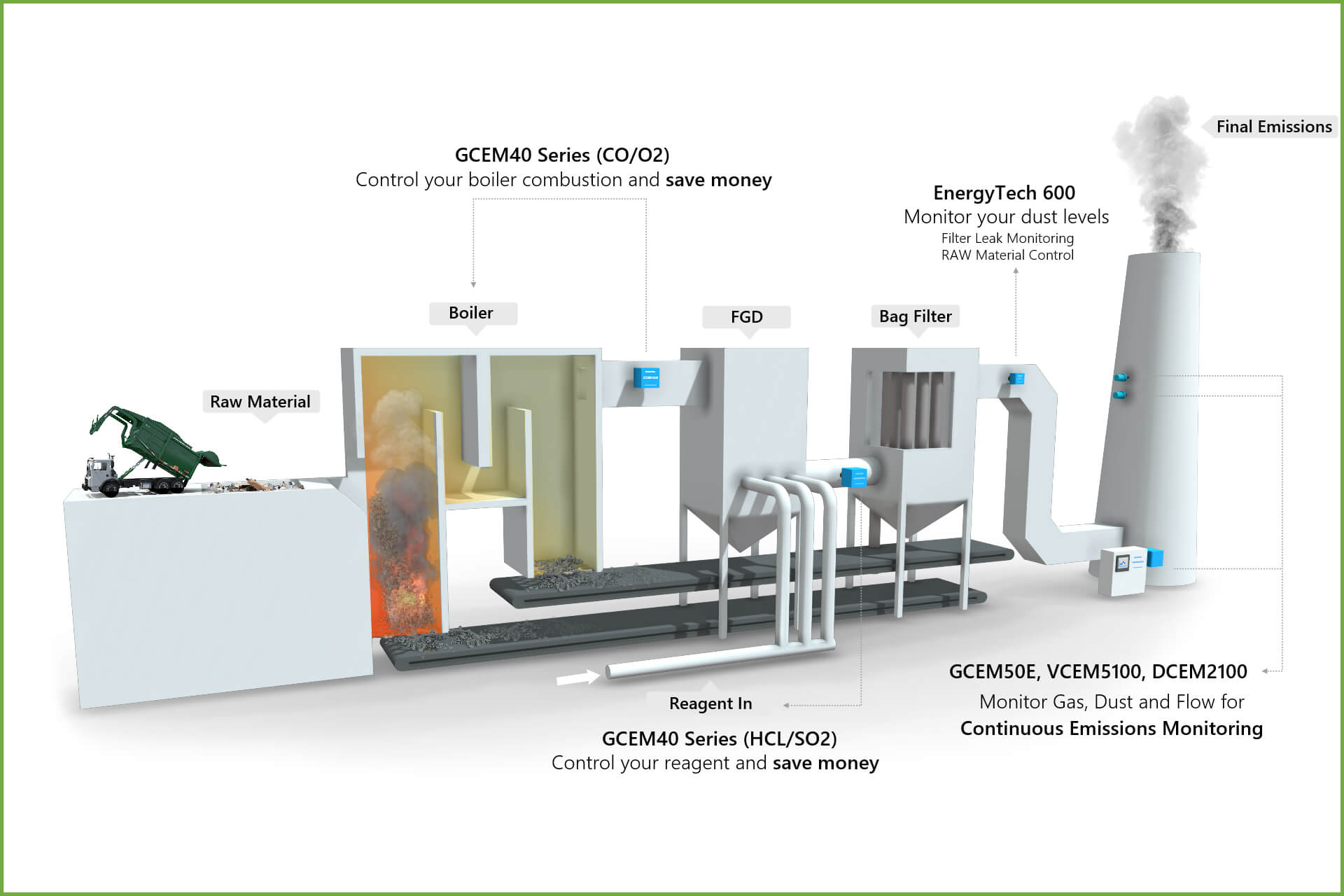Ngành luyện thép Việt Nam trước thách thức đổi mới công nghệ
Ngành công nghiệp luyện thép tại Việt Nam đang đứng trước những cơ hội và thách thức lớn khi nhu cầu thép ngày càng tăng, đi kèm với áp lực giảm phát thải và tối ưu hóa sản xuất. Trong bối cảnh đó, đổi mới công nghệ là yếu tố then chốt để nâng cao năng suất, bảo vệ môi trường và đáp ứng các tiêu chuẩn quốc tế.
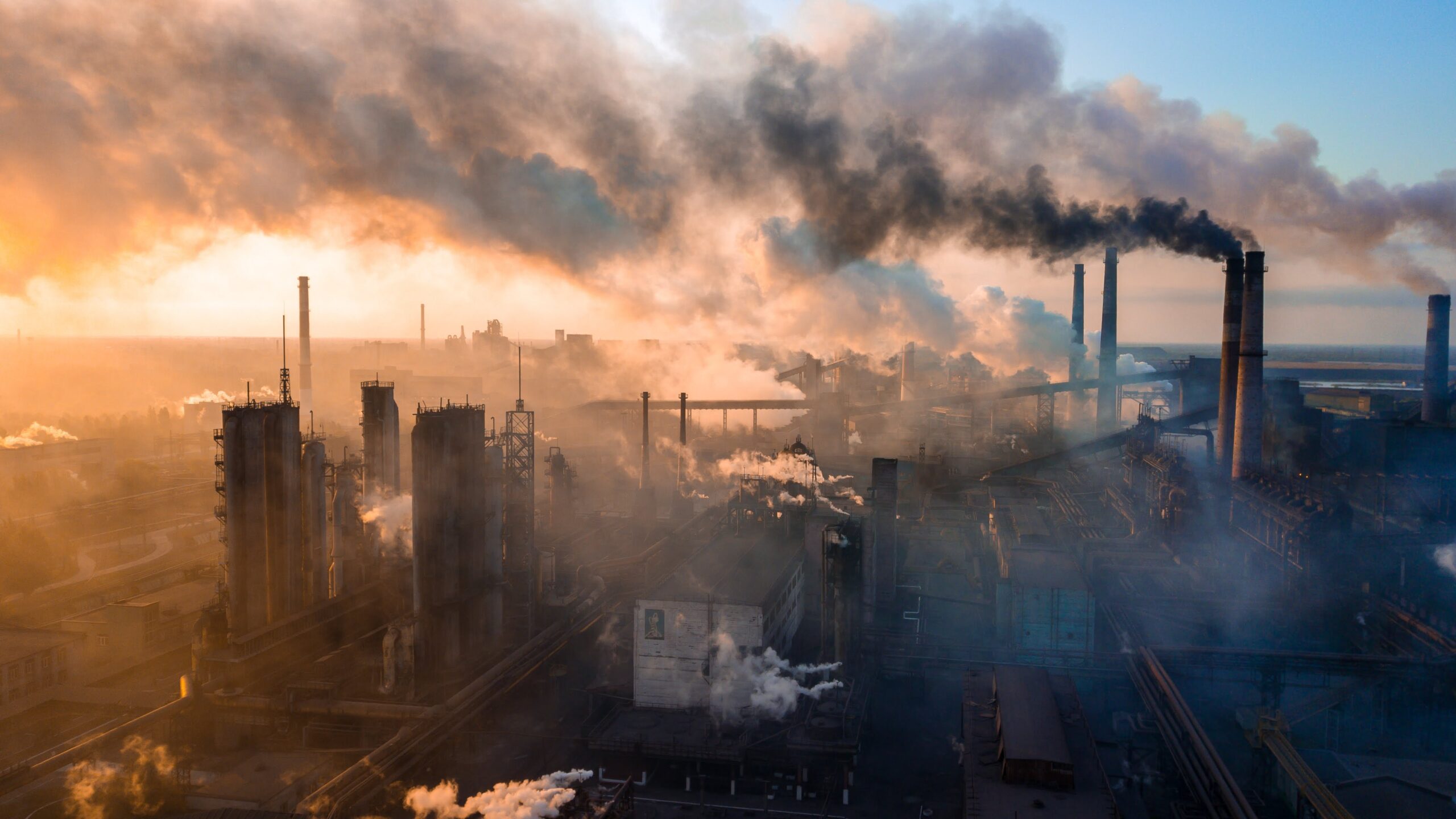
Công nghệ lò luyện thép: Lò cao và lò điện hồ quang
Tại Việt Nam, hai công nghệ chính được sử dụng trong luyện thép bao gồm lò cao (Blast Furnace – BF) và lò điện hồ quang (Electric Arc Furnace – EAF). Mỗi phương pháp có ưu, nhược điểm riêng và đang được cải tiến nhằm phù hợp với xu hướng phát triển bền vững.
Lò cao – Trụ cột của ngành thép truyền thống
Lò cao sử dụng quặng sắt, than cốc và đá vôi để sản xuất gang lỏng, sau đó được tinh luyện thành thép. Công nghệ này phổ biến tại các doanh nghiệp lớn như Formosa Hà Tĩnh hay Hòa Phát. Tuy nhiên, quá trình này tiêu tốn nhiều năng lượng, phát thải CO₂ cao và phụ thuộc lớn vào nguồn nguyên liệu đầu vào.
Lò điện hồ quang – Hướng đi bền vững
Ngược lại, lò điện hồ quang sử dụng sắt phế liệu làm nguyên liệu chính, giúp giảm tiêu thụ tài nguyên và khí thải. Công nghệ này đang được nhiều doanh nghiệp chú trọng đầu tư, hướng đến nền sản xuất thép xanh, thân thiện với môi trường hơn.
Xu hướng công nghệ luyện thép trong tương lai
Công nghệ luyện thép xanh – Giải pháp giảm phát thải
Trước xu hướng toàn cầu về giảm phát thải carbon, các doanh nghiệp thép Việt Nam đang nghiên cứu và ứng dụng công nghệ luyện thép xanh, bao gồm:
- Sử dụng hydro thay thế than cốc, giúp giảm đáng kể lượng khí CO₂ thải ra môi trường.
- Áp dụng công nghệ thu giữ và lưu trữ carbon (CCS) nhằm kiểm soát khí thải công nghiệp.
- Tích hợp năng lượng tái tạo, như điện gió và điện mặt trời vào quá trình sản xuất.
Giải pháp quan trắc khí thải – Xu hướng tất yếu trong ngành thép
Bên cạnh các biện pháp giảm phát thải, việc giám sát và kiểm soát khí thải trong quá trình luyện thép cũng đóng vai trò quan trọng. Việt An Group cung cấp giải pháp automated emissions monitoring systems, giúp doanh nghiệp:
- Giám sát liên tục 24/7 lượng khí thải phát sinh từ quá trình luyện thép.
- Cung cấp dữ liệu chính xác, kịp thời, hỗ trợ doanh nghiệp tuân thủ các quy định về môi trường.
- Tối ưu hóa quá trình xử lý khí thải, giảm tác động đến môi trường và cộng đồng xung quanh.
- Kết nối trực tiếp với cơ quan quản lý môi trường, đảm bảo tính minh bạch trong báo cáo và giám sát khí thải.
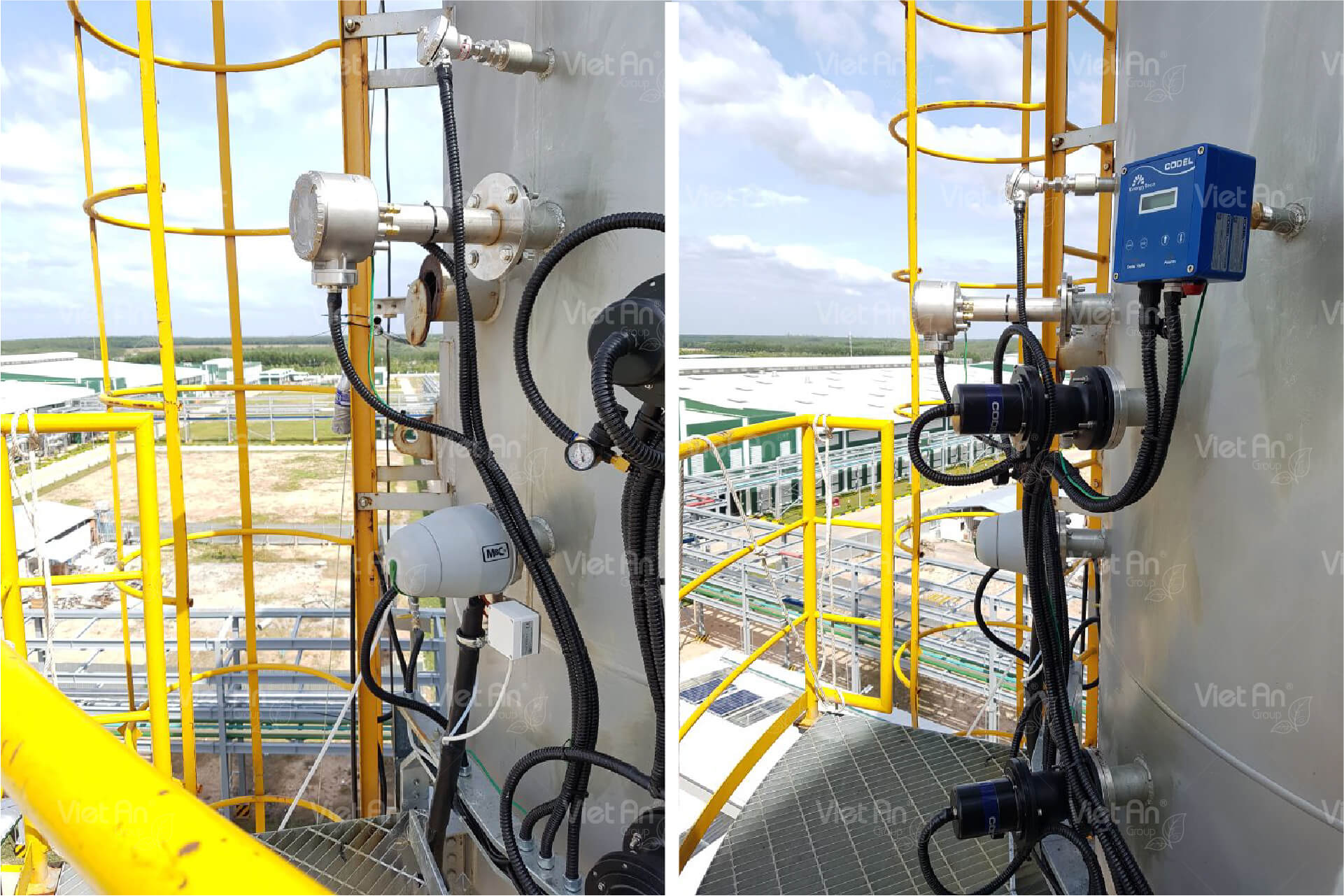
Chuyển đổi số trong ngành thép
Bên cạnh cải tiến công nghệ sản xuất, các doanh nghiệp thép cũng đang đẩy mạnh ứng dụng công nghệ số như:
- Trí tuệ nhân tạo (AI) để tối ưu hóa quy trình sản xuất.
- Hệ thống giám sát tự động, giúp nâng cao hiệu suất và giảm thiểu rủi ro vận hành.
- Internet vạn vật (IoT), cải thiện quản lý chuỗi cung ứng và bảo trì thiết bị.
Tận dụng sắt phế liệu – Hướng đi bền vững
Việc gia tăng tỷ lệ sử dụng sắt phế liệu trong sản xuất thép không chỉ giúp tiết kiệm tài nguyên mà còn giảm đáng kể lượng khí thải nhà kính. Đây được xem là xu hướng tất yếu của ngành thép trong tương lai, phù hợp với mục tiêu phát triển kinh tế tuần hoàn. 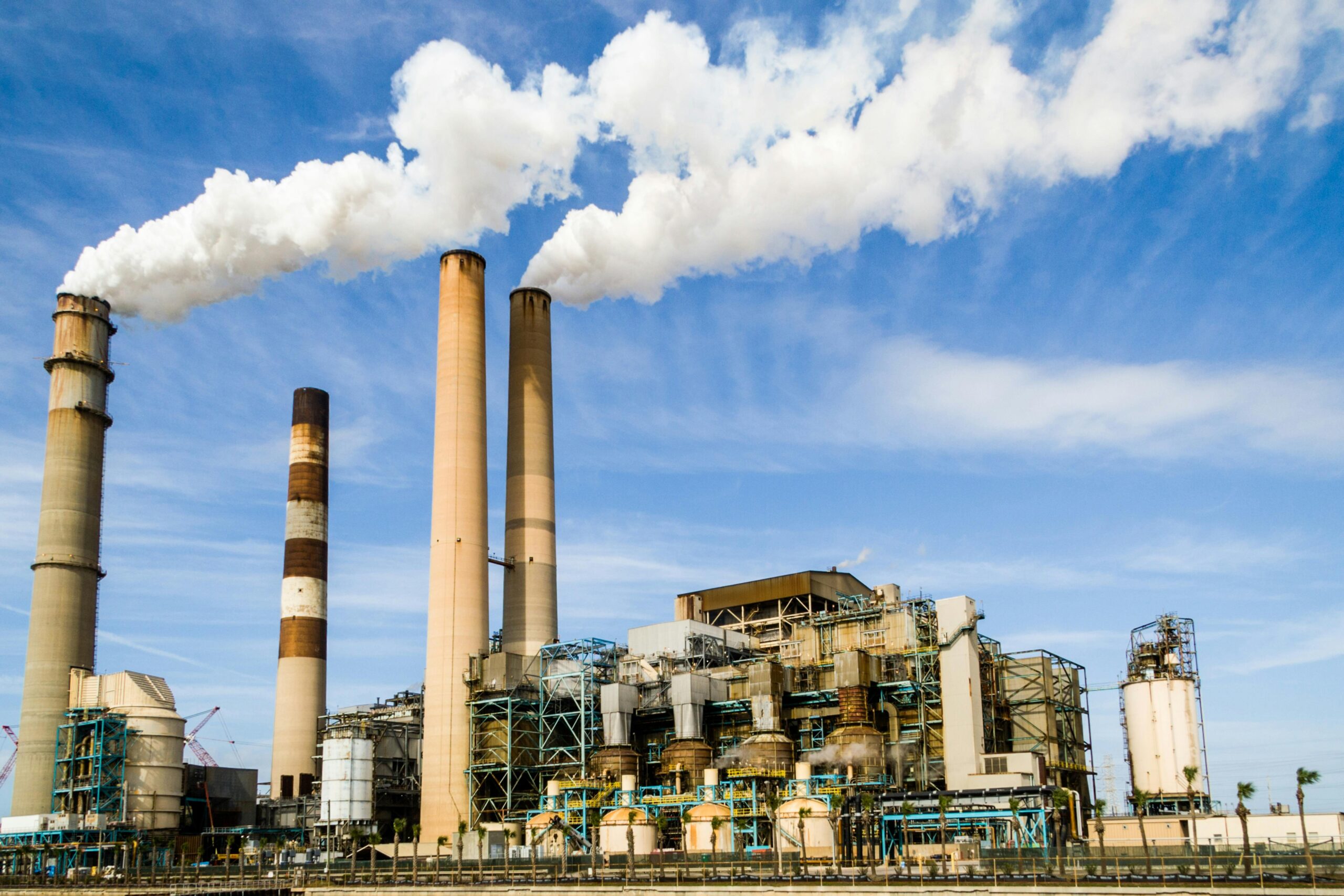
Lời kết
Ngành luyện thép Việt Nam đang đứng trước bước chuyển mình quan trọng. Việc đầu tư vào công nghệ hiện đại, áp dụng các giải pháp luyện thép xanh, chuyển đổi số và triển khai hệ thống quan trắc khí thải tự động sẽ giúp doanh nghiệp nâng cao năng lực cạnh tranh, đồng thời đáp ứng các yêu cầu về phát triển bền vững. Trong bối cảnh thị trường ngày càng khắt khe, những doanh nghiệp tiên phong đổi mới sẽ có nhiều lợi thế để phát triển vững chắc trong tương lai.
Xem thêm: Hệ thống Quan trắc khí thải
————————————————————————————
Việt An – Thị phần số 1 Việt Nam về Giải Pháp Quan Trắc Môi Trường và Đo Lường Công Nghiệp
🔘 Trụ sở chính (Việt An TP.HCM)
No.4E, Street 6, An Phu Ward, Thu Duc City, Ho Chi Minh City
(Sales) +84 902 970 009 | (Service) +84 901 888 499
🔘 Việt An Miền Bắc
Lô 33, khu BT4-1, khu nhà ở Trung Văn, phường Trung Văn, quận Nam Từ Liêm, Hà Nội
(Sales) +84 901 851 116 | (Service) +84 901 888 499
🔘 Việt An Miền Trung
No.5A Mai Xuan Thuong Str., Hoa Khe Ward., Thanh Khe Dist., Da Nang City
(Sales) +84 898 119 116 | (Service) +84 901 888 499
🔘 Việt An VP-Hà Tĩnh
03 Mai Thúc Loan, phường Kỳ Liên, Thị xã Kỳ Anh, Hà Tĩnh
(Sales & Service) +84 938 442 414
